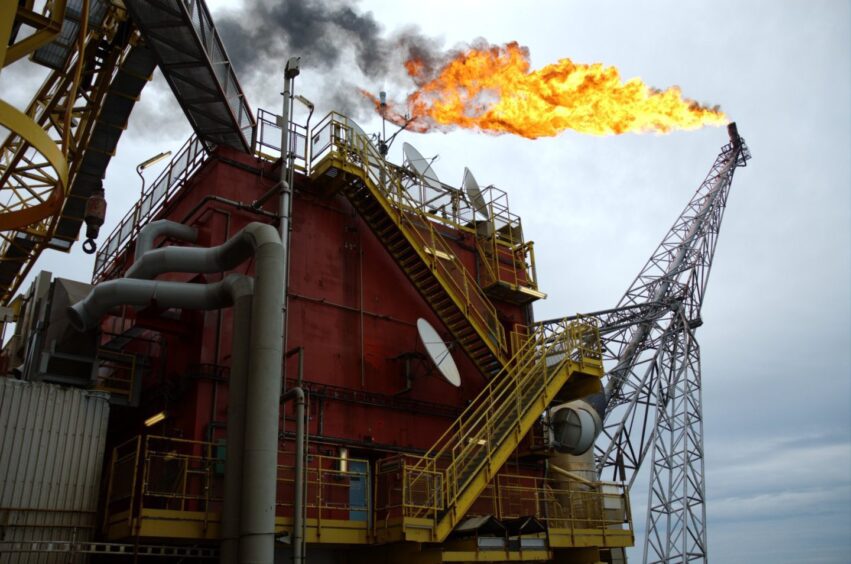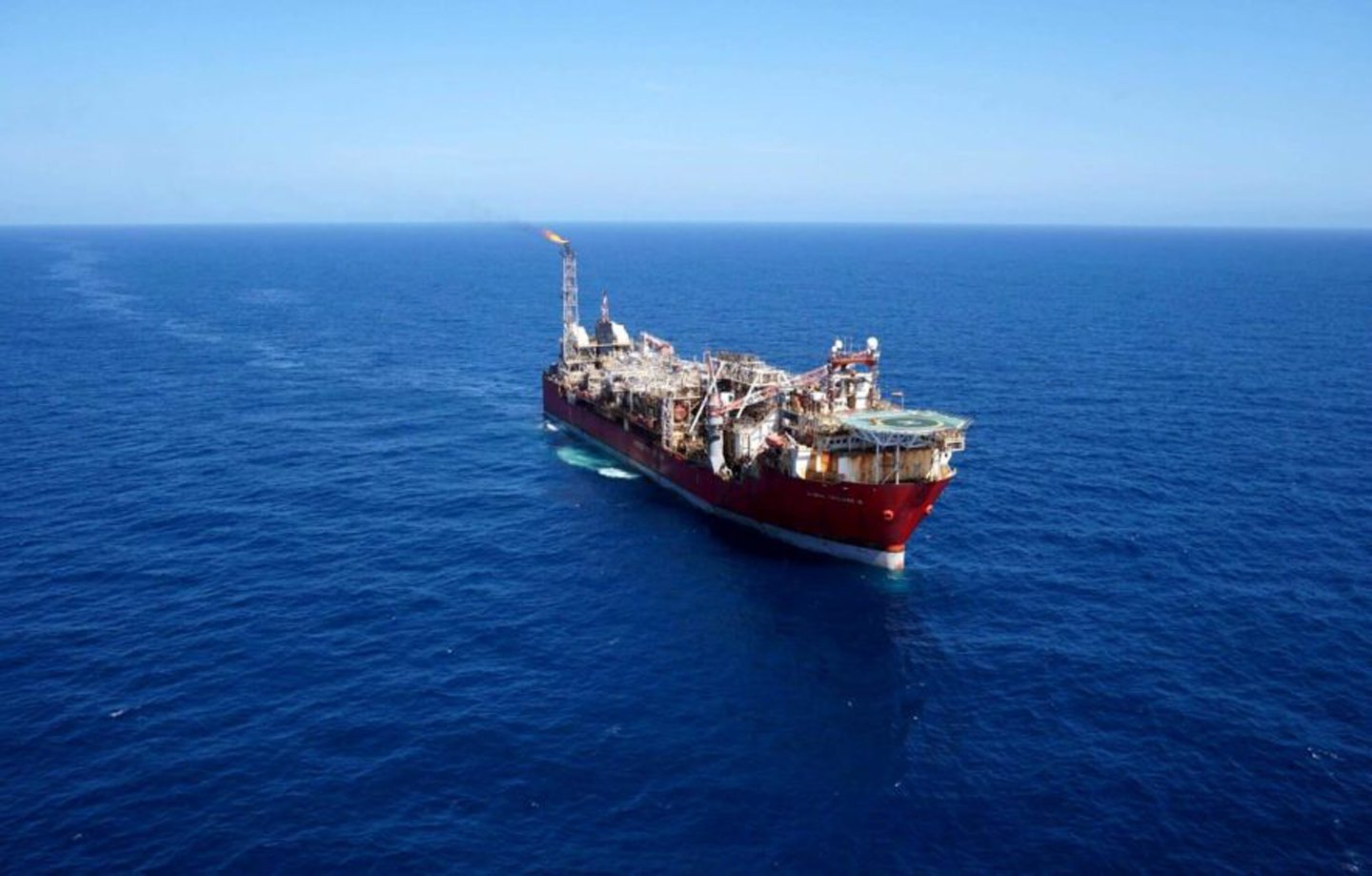
The North Sea Transition Authority (NSTA) has fined NEO Energy £100,000 breaching its combined vent consent for the Donan/Dumbarton, Lochranza and Balloch fields.
The three fields are produced from the Global Producer III floating production, storage and offloading vessel via subsea tiebacks.
The NSTA said the venting consent for the fields, located around 120 miles northeast of Aberdeen, allowed for 1.035 tonnes of venting per day, equivalent to an annual limit of just under 378 tonnes.
But in November last year, NEO admitted the company exceed the venting consent on 21 March of 2022. As a result, NEO exceeded the maximum annual venting consent by approximately 1,200 tonnes, the NSTA said.
A subsequent investigation found that at the outset of 2022, NEO incorrectly allocated cold flare (venting) volumes to its flare consent.
The NSTA said NEO failed to detect the issue until October last year.
NEO showed ‘lack of oversight’
After identifying the issue, the NSTA said NEO engaged with the regulator and applied for a revised consent and the firm has cooperated with the investigation.
In reaching a decision on the breach and the subsequent fine, the NSTA determined NEO had shown a “lack of oversight in failing to detect the breach for seven months, which, moreover, suggested a lack of appropriate internal oversight mechanisms”.
NSTA director of regulation Jane de Lozey said producers “perform a vital job” in supporting UK energy security, but they “must do so with the consents they are given”.
“We welcome the industry’s sustained efforts in ensuring that emissions are falling year on year, noting that flaring and venting have been reduced by almost half since 2018,” Ms de Lozey said.
“However, we take the cases where regulatory obligations are not met very seriously and do not hesitate to take firm action, as this fine demonstrates.”
NEO ‘fully cooperated’ with NSTA investigation
A spokesperson for NEO Energy said: “The NSTA fine, which relates to a breach of its cold venting consent for the Donan, Lochranza and Balloch fields during 2022, is due to the misallocation of cold vent volumes to the flaring consent.
“However, it should be noted that aggregate emission consents were not exceeded, and this breach did not result in an increase of CO2 emissions from the asset.
“NEO has fully cooperated with the NSTA’s investigation and immediately took action to rectify the issue once it was identified to ensure future compliance with consenting requirements.
“NEO is supportive of the industry’s quest to drive to net zero greenhouse gas emissions over time and is playing a critical role in supporting the UK’s security of energy supply.”
North Sea flaring and venting
The NSTA said North Sea operators are expected to follow its guidance on eliminating unnecessary and/or wasteful flaring and venting.
The regulator’s 2021 OGA Strategy includes a requirement for industry to reduce greenhouse gas emissions to support net zero targets.
Figures released by the NSTA last year showed North Sea flaring has been cut in half following four consecutive years of reductions.
Last month, the NSTA published the OGA Plan which places further emphasis on emissions reduction, requiring the industry to adopt electrification or other low-carbon strategies to reduce production emissions.
The plan has attracted criticism from North Sea operators, who raised “serious concerns” that the shutdown of UK platforms could be “dramatically accelerated”.
North Sea venting breaches
NEO is not the first North Sea operator to receive a fine for flaring and venting breaches.
In December, the NSTA handed Repsol a £160,000 fine for breaching offshore emissions rules, the largest ever penalty issued by the regulator.
The regulator has also handed out £50,000 penalties to operators Spirit Energy, Shell and BP for licence breaches.
North Sea operator EnQuest was the previous recipient of the NSTA’s largest penalty, receiving a £150,000 fine in 2022 for flaring an excess 262 tonnes of gas on its Magnus field.
That same year, Norway’s Equinor was fined by the NSTA £65,000 for flaring at least 348 tonnes of CO2 above the amount permitted on its Barnacle Field between June and November 2020 – though notably the regulator made clear this was an “administrative” issue.
Recommended for you


 © Supplied by Sword
© Supplied by Sword